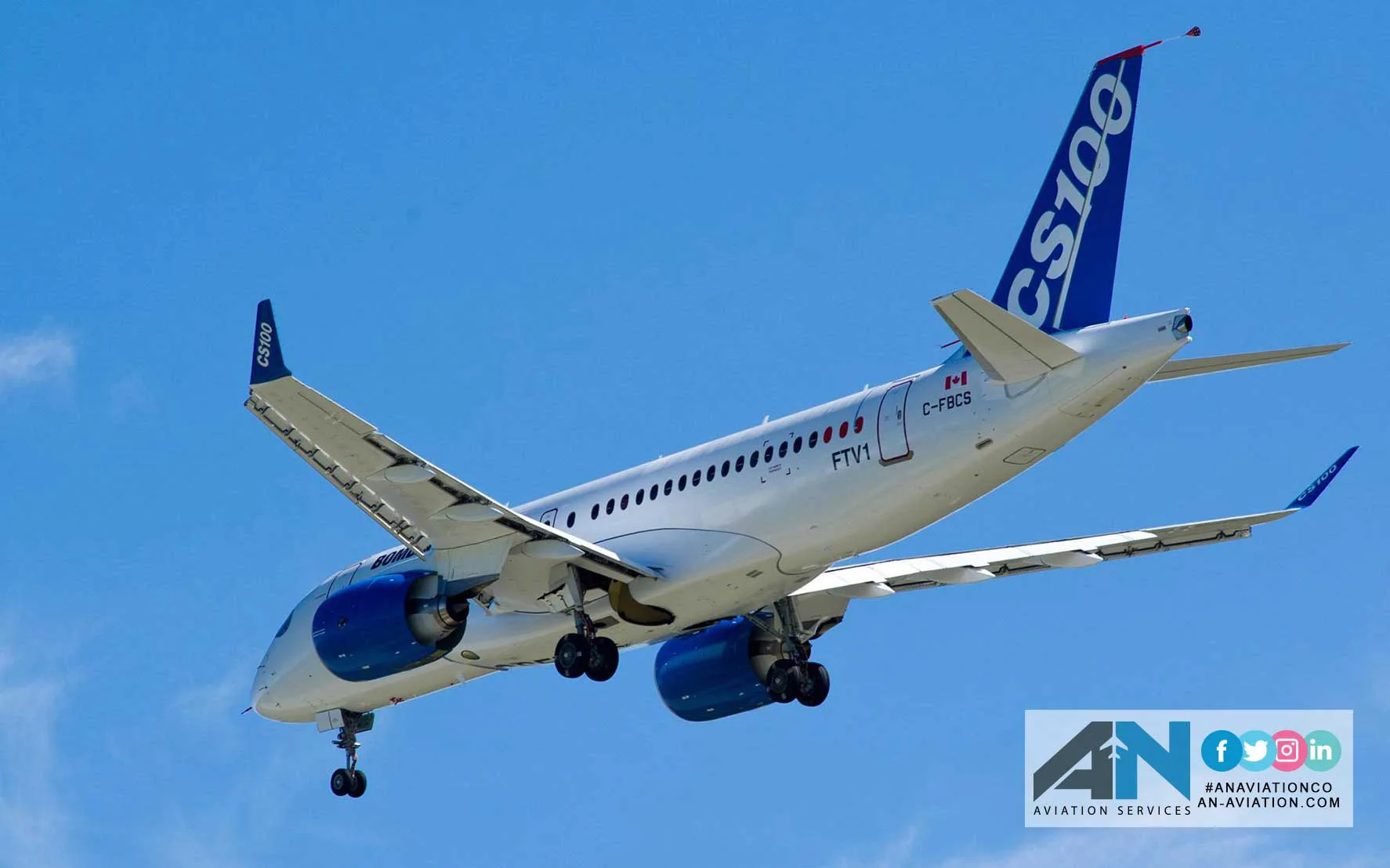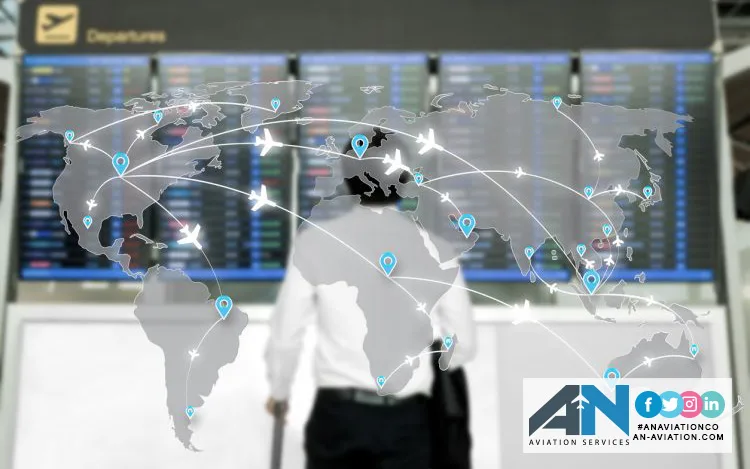
Becoming a flight attendant might seem like an exciting opportunity to travel the world and meet new people, but landing a flight attendant position involves meeting some surprisingly specific requirements. Airlines have a comprehensive list of criteria that go beyond a friendly demeanor and a polished uniform. From height requirements to swimming ability, these flight attendant requirements are designed to ensure the safety, comfort, and overall experience of passengers.
In this blog, we’ll dive into some of the lesser-known requirements for the flight attendant job, what it takes to qualify, and why these standards are in place.
Basic Qualifications: Age, Education, and Passport
At the most basic level, airlines require candidates to meet certain age and education standards. Most airlines require a minimum age of 18 or 21 years of age at the time of application. For example, Delta flight attendants need to be at least 21 years old.
A high school diploma or equivalent is the minimum educational qualification needed for a flight attendant position. Although some airlines prefer candidates with college experience or coursework in hospitality or customer service, the emphasis is often on having a good educational foundation.
In addition to age and education, having a valid passport is crucial, especially for those who wish to work on international routes. Airlines want their flight attendants to be ready for worldwide travel, which often includes needing the appropriate visas.
Height and Reach Requirements: Safety and Practicality
Airlines like United Airlines and Delta have specific height requirements to ensure that flight attendants can perform their duties effectively. While there’s no universal height standard across all airlines, many have adopted a “reach test” to assess a candidate’s ability to access safety equipment and overhead compartments.
During the reach test, applicants are often asked to reach a height of approximately 210 cm (about 6 feet 10 inches) while standing on their tiptoes. This is to ensure that flight attendants can store and retrieve luggage and other essential items without needing assistance. This test also ensures that candidates are physically capable of handling emergencies.
The focus on height requirements is all about safety and practicality. Airlines want their flight attendants to be prepared for any situation, and reaching emergency equipment quickly and efficiently is a big part of that.
Physical Fitness: Strength and Endurance
Being a flight attendant involves more than just serving food and beverages. It’s a physically demanding job that requires endurance and strength. Airlines require flight attendants to be fit enough to stand for long hours, navigate narrow aisles, and assist passengers.
Another essential requirement is the ability to lift heavy objects. Whether it’s helping a passenger stow their carry-on or retrieving emergency equipment, flight attendants need to be capable of lifting up to 50 pounds without assistance. During the hiring process, candidates might even undergo a fitness evaluation to demonstrate their ability to perform these tasks.
Language Skills: Communicating Clearly and Effectively
Clear communication is vital for any flight attendant, and airlines often prefer candidates who can speak, read, and write proficiently in more than one language. For major airlines in the United States, proficiency in English is a must. However, airlines with international routes appreciate bilingual or multilingual candidates who can interact with passengers from different cultures.
For example, United Airlines flight attendants flying on international routes are often chosen based on their language proficiency to ensure effective communication with a diverse passenger base. Fluency in additional languages like Spanish, French, Mandarin, or Arabic can give candidates a competitive edge in the hiring process.
Initial and Ongoing Training: Safety First
After securing a flight attendant position, the next step is flight attendant training. Airlines provide new hires with initial training programs that typically last anywhere from 4 to 8 weeks. This training covers a wide range of topics, from safety procedures to customer service.
Flight attendants undergo intensive training in:
- Emergency Protocols: How to handle in-flight emergencies, evacuations, and first aid situations.
- Safety Equipment: Proper use and handling of emergency equipment, such as oxygen masks, fire extinguishers, and life vests.
- Food and Beverage Service: Learning the proper methods for serving meals, beverages, and dealing with special dietary requests.
- Customer Service Skills: Training on handling passenger concerns, complaints, and special requests.
Successful completion of flight attendant training is mandatory to become a certified flight attendant. Beyond initial training, many airlines require their flight attendants to complete regular refresher courses to stay updated on the latest safety regulations and procedures.
Swimming Ability: Prepared for Water Landings
It might be surprising, but many airlines require their flight attendants to be capable swimmers. In the event of an emergency water landing, flight attendants must be prepared to assist passengers with life vests, rafts, and other safety equipment.
During the interview process or initial training, some airlines conduct swimming tests. These tests usually involve the ability to swim a certain distance and tread water for a set period. Although this might seem like an unusual requirement, it’s essential for ensuring passenger safety and comfort during emergency situations.
Professional Appearance and Grooming Standards
Airlines hold their flight attendants to specific grooming and appearance standards to maintain a professional and welcoming image. While these standards vary by airline, the goal is to create a polished and cohesive look among cabin crew members.
Grooming standards typically cover:
- Uniform Presentation: Wearing the airline-provided uniform correctly and ensuring it is clean and pressed.
- Personal Grooming: Guidelines for hairstyles, makeup, and facial hair. Some airlines also have restrictions on visible tattoos and excessive piercings.
- For flight attendants, maintaining a neat appearance isn’t just about looking good—it’s about representing the airline and making passengers feel comfortable and at ease.
Conclusion: Meeting the Unusual Requirements of a Flight Attendant
Being a flight attendant is about much more than serving food and beverages and ensuring the safety and comfort of passengers. The job demands specific qualifications, such as height and fitness standards, language proficiency, and professional appearance. Airlines establish these flight attendant requirements not to be restrictive, but to ensure that their flight attendants are capable of handling the physical and mental demands of the role.
If you’re considering a career in the skies, it’s crucial to understand these flight attendant requirements and prepare accordingly. The training is intense, the standards are high, but for those who are passionate about travel and providing top-notch service, the rewards of becoming a flight attendant are well worth the effort.









